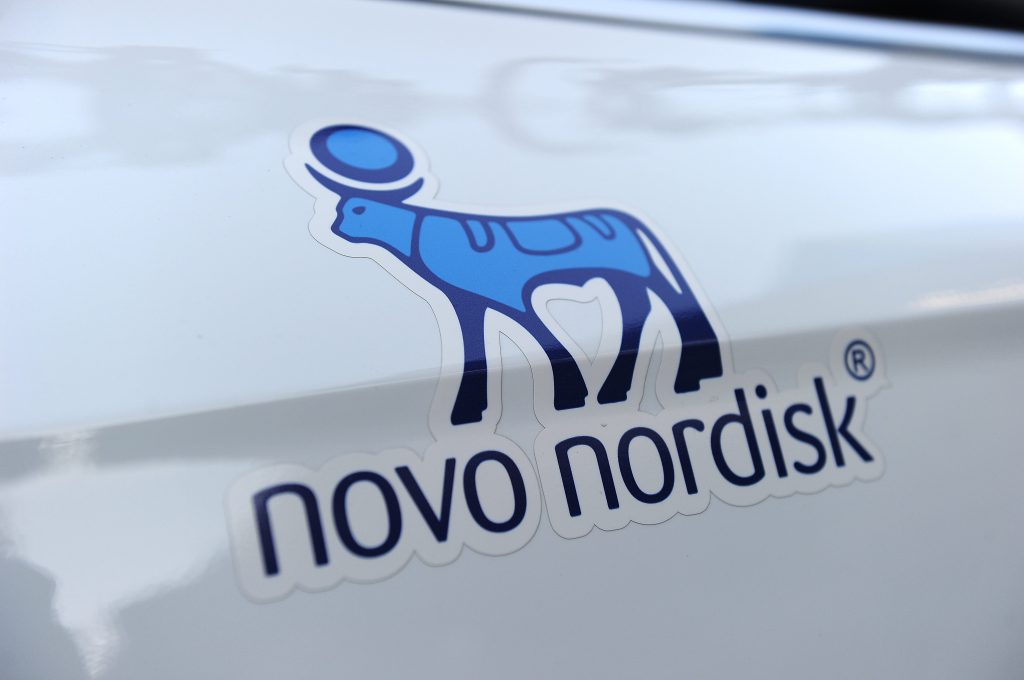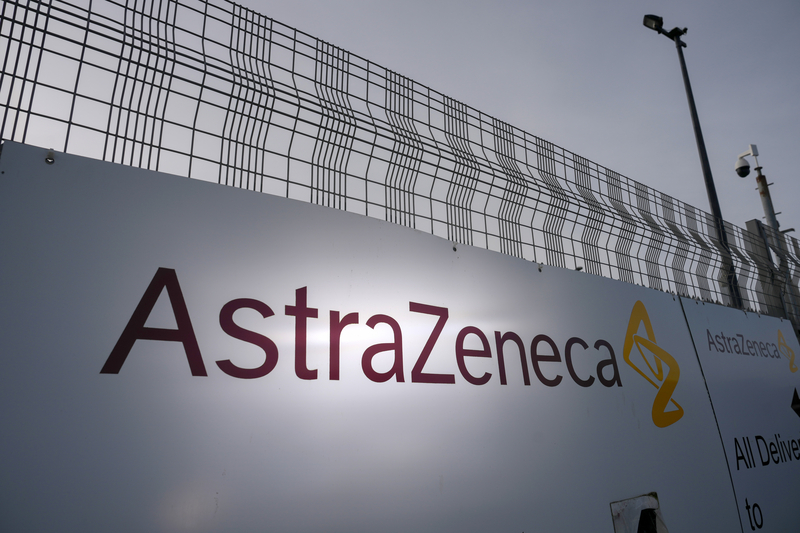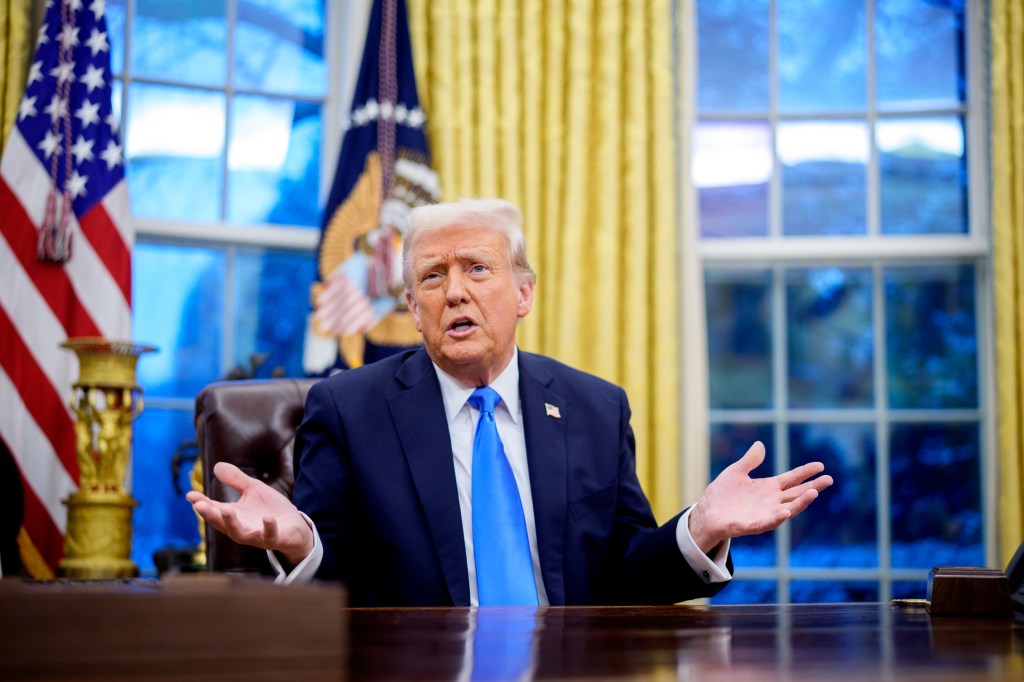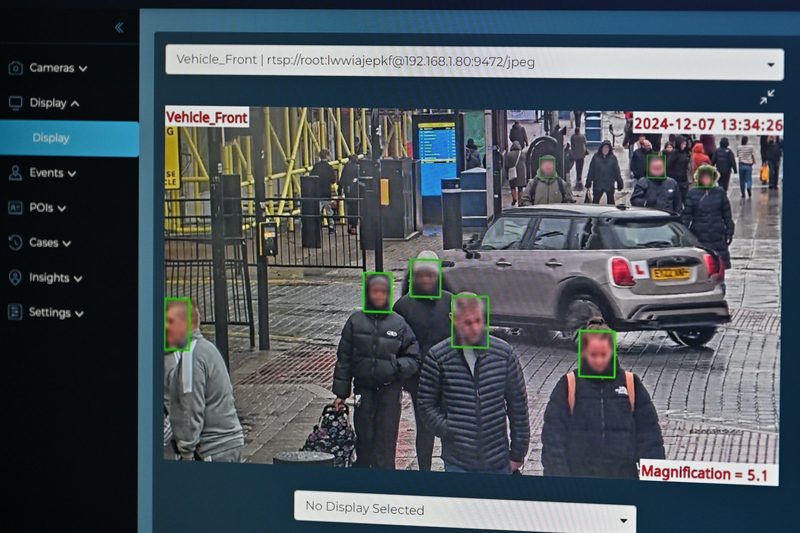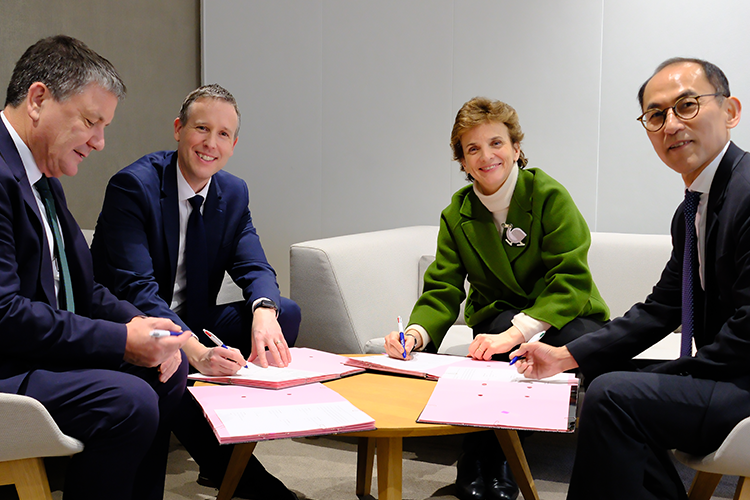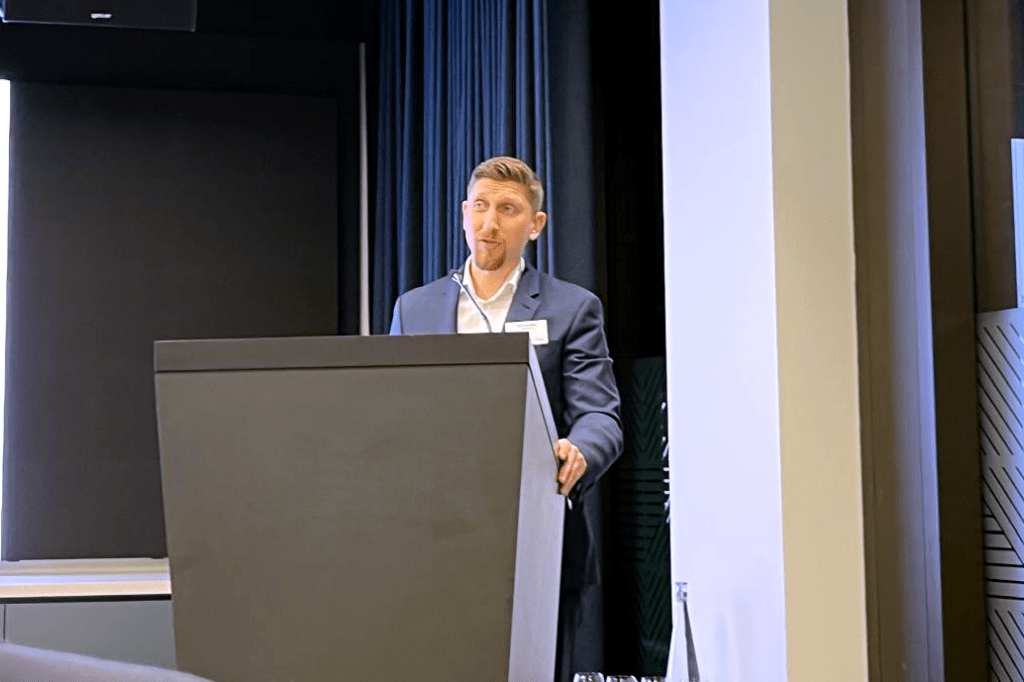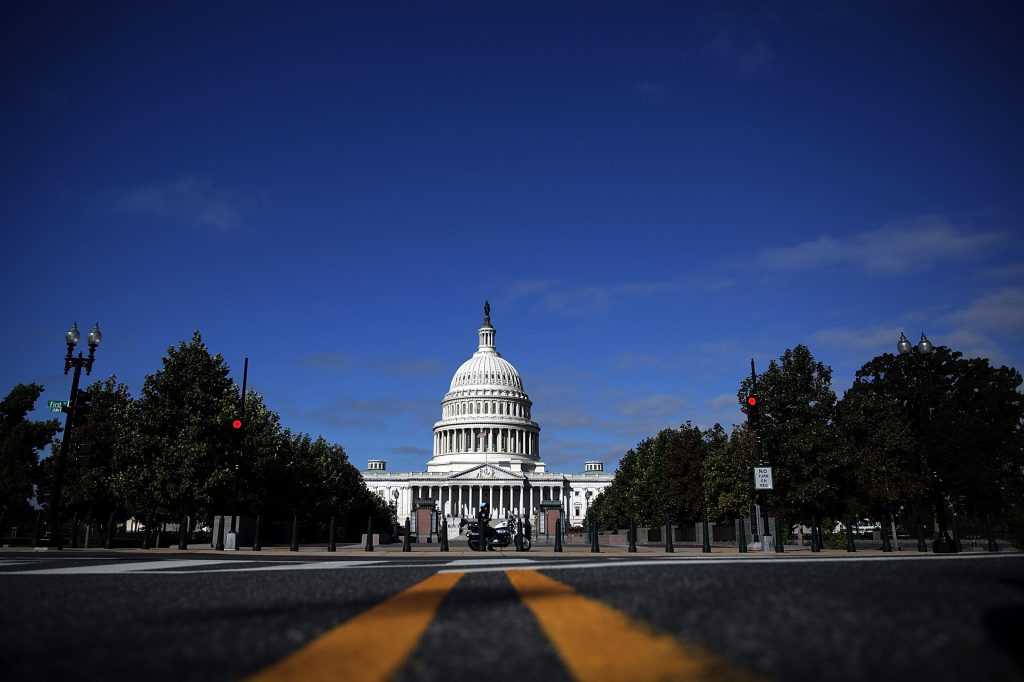A bipartisan group of US senators has introduced new artificial intelligence-focused legislation, aiming to consolidate US leadership in emerging technologies through enhanced private sector collaboration.
The Future of AI Innovation Act, cosponsored by Senators Todd Young (R-IN), Maria Cantwell (D-WA), John Hickenlooper (D-CO), and Marsha Blackburn (R-TN), addresses the global race to lead in new AI and emerging technologies, such as quantum computing systems and applied biosciences.
Key provisions in the text would do the following:
- Formally establish the AI Safety Institute at the National Institute of Standards and Technology (NIST) to develop voluntary guidelines and standards with the private sector and federal agencies to develop performance benchmarks, evaluations and documentation standards for AI systems, while helping companies and consumers better understand and use AI tools.
- Launch an AI testbed competition helmed by NIST, the National Science Foundation, the Department of Energy and the private sector to develop security risk tools and testing environments for companies to evaluate their systems’ capabilities and limitations.
- Create prize competitions to incentivize high-priority projects and engage researchers across the country to further develop AI and computing, advanced manufacturing, and other economic priorities such as border security, including fentanyl and illegal drug detection.
- Ask leadership within the Department of Commerce, State Department and White House Office of Science and Technology Policy to form more international alliances focused on developing a consensus on AI standards.
“The NIST AI Safety Institute, testbeds at our national labs, and the grand challenge prizes will bring together private sector and government experts to develop standards, create new assessment tools, and overcome existing barriers. It will lay a strong foundation for America’s evolving AI tech economy for years to come,” said Senator Maria Cantwell.
Establishing a series of common standards to guide the international development of AI is a crucial component of the bill, a task that NIST has been prioritizing.
“Updated regulations and technological improvements, including on efficiency, will be crucial to moderate the surge in energy consumption from data centers.”
International Energy Agency
Bringing more private sector participation into these endeavors is emblematic of the Biden administration’s tech policy goals to date, whether it’s to foster stronger private sector ties within their research and development agendas or strategize greater safety protocols in deploying AI tools.
“Artificial intelligence has enormous potential, but it’s up to us to make sure it’s harnessed for responsible innovation,” said Senator Hickenlooper. “Our bipartisan Future of AI Innovation Act empowers the US AI Safety Institute to develop the research, standards, and partnerships we need without compromising our position at the forefront of this technology.”
GRIP comment
How can we power it all? That question was not specifically noted in the proposed legislation, but it has been asked in AI discussions recently.
Electricity supply is threatening the growth of AI, according to leading tech industry chiefs, as power-hungry data centers add to the strain on grids around the world.
Billionaire Elon Musk said this month that while the development of AI had been “chip constrained” last year, the latest bottleneck to the cutting-edge technology was “electricity supply.” And Amazon chief Andy Jassy said this year that there was “not enough energy right now” to run new generative AI services.
And the power supply issue has prompted concerns about the AI boom’s environmental impact.
According to the International Energy Agency (IEA), the electricity consumed by data centers globally will more than double by 2026 to more than 1,000 terawatt hours, an amount roughly equivalent to what Japan consumes annually. “Updated regulations and technological improvements, including on efficiency, will be crucial to moderate the surge in energy consumption from data centers,” the IEA said this year.
The conundrum is this: AI has the power to formulate solutions to climate-based threats and by upscaling our nascent climate tech, while also taking a chunk out of the power grid. (Jeff Bezos realizes this; his Bezos Earth Fund just announced the launch of the AI for Climate and Nature Grand Challenge, with plans to grant up to $100m to advance AI-based solutions aimed at addressing climate change, while emphasizing power grid optimization as a component of it.)
Congress, federal and international agencies, and the private sector must think about some of these interrelated challenges, as innovating in AI also means being equally resourceful in ensuring the power switch stays in the “on” position.

